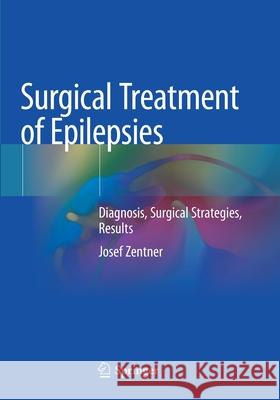Surgical Treatment of Epilepsies: Diagnosis, Surgical Strategies, Results » książka
topmenu
Surgical Treatment of Epilepsies: Diagnosis, Surgical Strategies, Results
ISBN-13: 9783030487508 / Angielski / Miękka / 2021 / 428 str.
Surgical Treatment of Epilepsies: Diagnosis, Surgical Strategies, Results
ISBN-13: 9783030487508 / Angielski / Miękka / 2021 / 428 str.
cena 481,91
(netto: 458,96 VAT: 5%)
Najniższa cena z 30 dni: 462,63
(netto: 458,96 VAT: 5%)
Najniższa cena z 30 dni: 462,63
Termin realizacji zamówienia:
ok. 22 dni roboczych
Dostawa w 2026 r.
ok. 22 dni roboczych
Dostawa w 2026 r.
Darmowa dostawa!
Kategorie BISAC:
Wydawca:
Springer
Język:
Angielski
ISBN-13:
9783030487508
Rok wydania:
2021
Ilość stron:
428
Waga:
0.73 kg
Wymiary:
25.4 x 17.78 x 2.21
Oprawa:
Miękka
Wolumenów:
01
Dodatkowe informacje:
Wydanie ilustrowane











